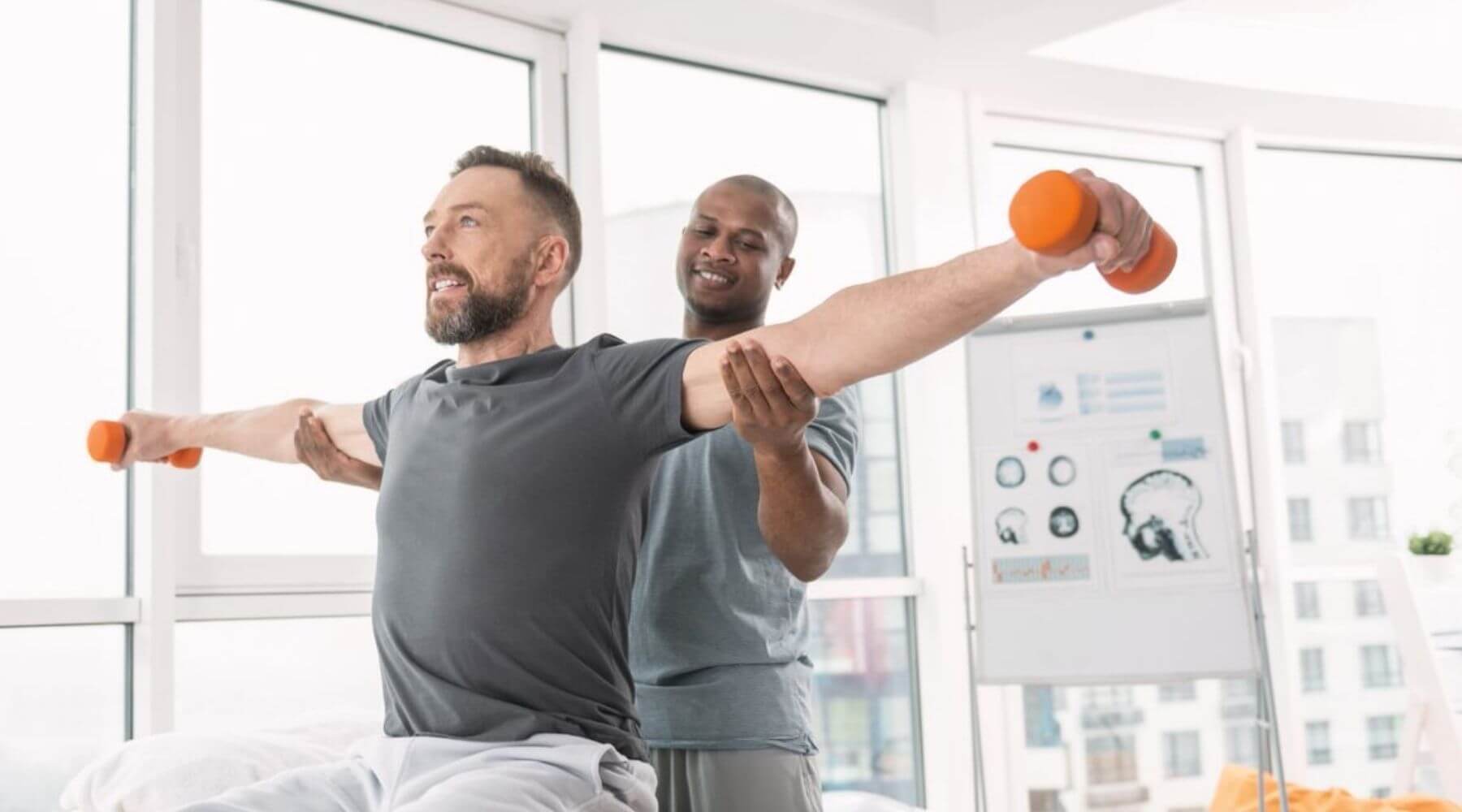Comprehending The Way Acute Traumas Alter Athletic Execution Dynamics
Wiki Article
Acute traumas are sudden harm that can occur during athletic events or fitness activities. These traumas can greatly affect an athletic performance and overall wellbeing. Frequent instances of sudden traumas include sprains, fractures, and strains. They happen rapidly and often result from accidents, such as tumbles, collisions, or improper movements. Comprehending how these traumas affect athletic capabilities dynamics is crucial for athletes, trainers, and medical professionals who work with them.
When an sportsman experiences an acute trauma, the prompt effects can be quite severe. Pain and inflammation are common symptoms that can restrict mobility and function. For instance, a hoops player who injures an joint may find it painful to walk or jog. This constraint can lead to a reduction in performance, as athletes may find it hard to compete at their usual capability. Additionally, the psychological effects of an injury can also play a factor. Athletes might feel anxious or apprehensive about returning to their sport, which can further influence their performance.
Recovery from an sudden trauma involves several phases, including rest, rehabilitation, and incremental return to activity. The initial focus is often on controlling discomfort and swelling. Medical professionals may advise cold therapy, bandaging, and lifting to help with recovery. Once the initial phase has passed, rehabilitation exercises become crucial. These activities help regain power, elasticity, and extent of site here movement. Athletes need to follow a structured rehabilitation plan to ensure they come back to their sport safely and effectively.
The long-term effects of sudden traumas can differ. Some players may heal fully and return to their previous performance levels, while others may face ongoing difficulties. Ongoing discomfort or fragility can emerge if an trauma is not adequately managed. This situation can lead to a cycle of re-injury or alternative traumas in other parts of the body. It is crucial for athletes to be patient during the recovery process and to work closely with healthcare providers to tackle any lingering concerns.
In summary, sudden traumas can significantly alter how players compete in their sports. The prompt bodily and emotional effects can hinder performance and confidence. Rehabilitation involves attentive handling and rehabilitation to ensure that athletes can safely come back to their activities. Understanding the dynamics of acute injuries can help everyone involved in athletics—from athletes to coaches to medical staff—support those impacted and encourage a safe return to athletic performance.
